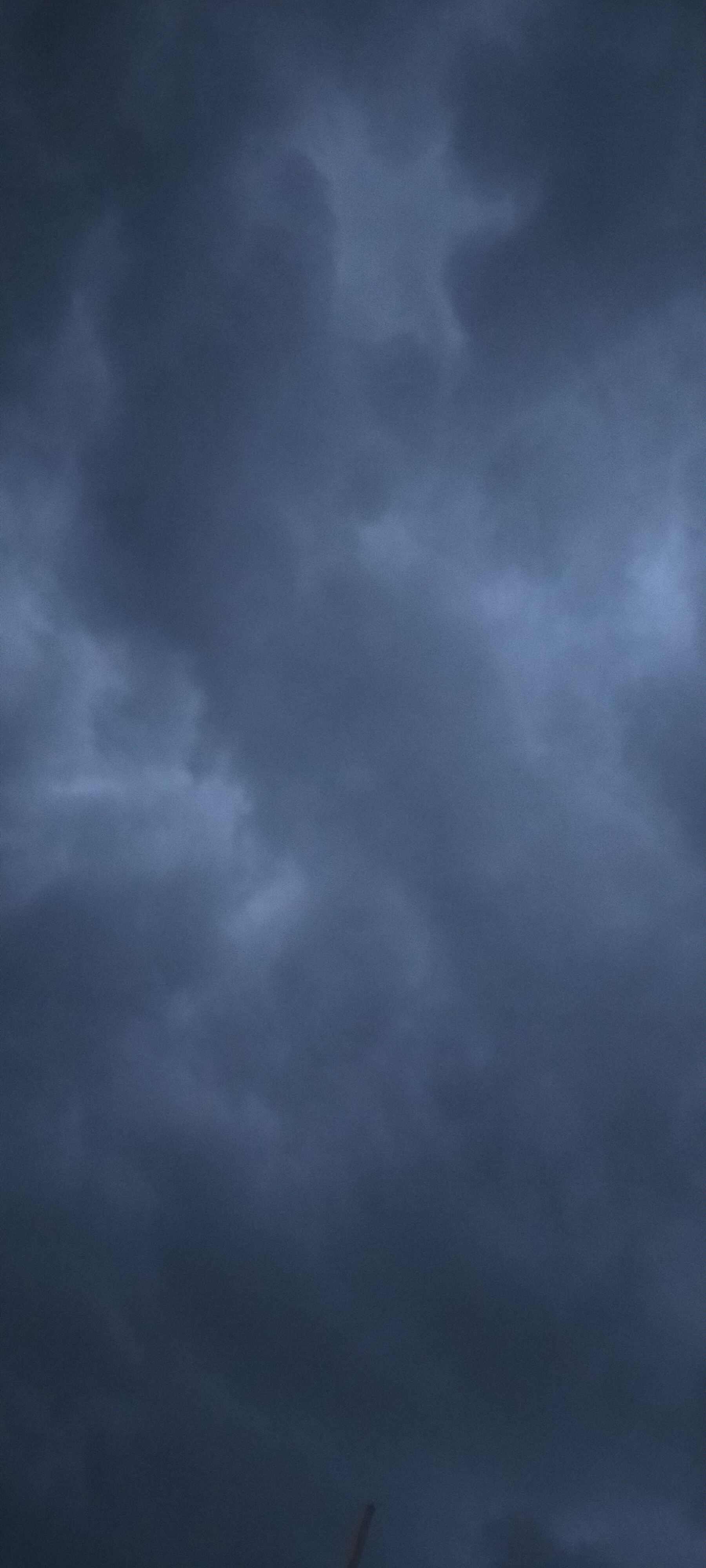Tag: China's
After dizzying gyrations, what’s bitcoin really worth?
The virtual currency barrelled to new highs to rise more than 400% over the past year, before promptly sliding some 20% and then settling around $36,000 After the latest wild ride took the poster child of cryptocurrencies above $40,000 before a stomach-churning plunge, the million dollar question won’t go away: how much is bitcoin actually worth? The virtual currency barrelled to new highs to rise more than 400 percent over the past year, before promptly sliding some 20 percent and then settling around $36,000. When it started life in 2009 as open-source software, bitcoin was essentially worth zero — though within a year it had reached the heady heights of eight cents. At today’s market rates, bloated by a surge in institutional demand, the digital unit’s market capitalisation is worth some $670 billion with myriad other crypto coins such as ethereum lifting the sector nominally close to the trillion mark. Although that’s small potatoes compared to the $68 trillion or so swilling around world stock markets, it is nonetheless the sort of financial territory staked out by Wall Street tech royalty such as Google, Apple or Tesla. One tech site, AssetDash.com, notes that bitcoin is currently worth around as much as Facebook and a little more than Chinese e-retail giant Alibaba Although deep-pocketed investors have recently become enthusiasts, crypto was in its early days the preserve of geeky amateur investors. It is the latter who have mainly suffered as an estimated four million of the roughly 19 million bitcoin units currently in circulation have been lost. “Lost” does not mean the coins have fallen down the back of the sofa or through a hole in a trouser pocket: they have been electronically zapped from the record, often because their owner has forgotten a password to coins hoarded on a USB stick. One US developer mislaid his password after storing 7,002 bitcoins on one such flash drive, forcing him to wave goodbye, on paper (or rather, the trading screen), to around $280 million. This week, Welshman James Howells desperately offered his local authority a quarter of his fortune to dig up a landfill site where he believes a hard drive he accidentally tossed away — and which has since soared in value to around $270 million — is buried.

The council refused, citing the cost and logistical restrictions. According to analysts at JP Morgan, bitcoin may be highly volatile but could go as high as $146,000 per unit, putting it in competition with gold as an asset class in terms of private sector investment. That volatility, as well as the unregulated and decentralised nature of the bitcoin beast, are key reasons why many seasoned financial observers are scared off — as well as the risk of “losing” their stash. “Most of the lost bitcoins were acquired in the early days,” said Philip Gradwell, economist with Chainalysis. Gradwell said that around one in five bitcoins in circulation today have not budged from their location in five years — since days when the unit was worth not much more than $100. “One or two million of those belong to Satoshi himself,” added Gradwell, referring to the creator of the coin, whose identity remains unknown. He added that the bulk of investors are not day-to-day traders, but people making a long-term punt — and he estimates that the spectacular price boom of recent weeks has involved only around five millions units. Patrick Heusser, head of trading at Swiss trader Crypto Broker, said that following the trading volumes of a variety of cryptocurrencies, rather than just bitcoin, would give a better idea of how the market is faring. “Ethereum has a lot of activity on the chain, but on the litecoin side there is almost nothing going on,” said Heusser, with the former valued at some $138 billion currently, and the latter at $10 billion. Heusser suggested the rises have been largely a bitcoin slipstream effect, and he cautioned against drawing parallels with gold. “To be honest I don’t believe that it is a very powerful or insightful metric inside what’s going on in the crypto market,” Heusser concluded. After years of experience on traditional currency markets, he judged that it was early days for the crypto equivalent. Posted by Technical Mechzone

Quantum cryptography network spans 4600 km in China
Quantum lightQuantum light: a 2000::km fibre optic network enables quantum key cryptography between four cities in China.
A network for quantum key distribution (QKD) spanning thousands of kilometres has been built in China. It links four quantum metropolitan area networks (QMANs) in cities in eastern China with a remote location in the far west of the country.
The system comprises a 2000 km fibre optic link between the cities of Shanghai, Hefei, Jinan and Beijing and a satellite link spanning 2600 km between two observatories – one east of Beijing and the other just a few hundred kilometres from China’s border with Kazakhstan.The network was built by Jian-Wei Pan at the University of Science and Technology of China in Hefei along with colleagues in academia and industry.
QKD uses the principles of quantum mechanics to allow two parties to share a secret cryptography key. A crucial feature of QKD is that the two parties can tell if an eavesdropper has intercepted the key while it is being shared. Once the secrecy of the key is established it can be used to exchange encrypted messages using a conventional telecoms network.Quantum states of photonsIn standard QKD implementations, information is encoded in the quantum states of photons – which are exchanged between the two parties. Photons are used because they can travel several hundred kilometres in optical fibres before their quantum information is lost.
Photons can also carry quantum information between ground stations and satellites, allowing QKD to be performed between locations thousands of kilometres apart.The Chinese network serves about 150 users and comprises more than 700 fibre links and two high-speed satellite-to-ground free-space links – all of which support QKD transmission. The fibre links are supported by 32 “trusted relay nodes” that are capable of forwarding quantum information. The individual QMANS contain trusted relay nodes as well as user nodes and optical switches.
The Jinan QMAN is the largest, containing 50 user nodes supporting 95 users.The satellite portion of the network makes use of the Micius quantum communications satellite, which was launched by China in 2016. Just one year later, Micius was used to make a QKD connection between Beijing and Vienna, which are separated by 7400 km. Technical Information , Technology,Inventory,Technical Mechzone


Thank you for your response. ✨




Vol.3
5am, the Beach
As long as I was on the path I walked hard, but when I came to the black beach I had to run. For the tide was now nearly flowed; and to get through with my powder dry between the surf and the steep hill, took all the quickness I possessed. As it was, even, the wash caught me to the knees, and I came near falling on a stone. All this time the hurry I was in, and the free air and smell of the sea, kept my spirits lively; but when I was once in the bush and began to climb the path I took it easier.
The fearsomeness of the wood had been a good bit rubbed off for me by Master Case’s banjo-strings and graven images, yet I thought it was a dreary walk, and guessed, when the disciples went up there, they must be badly scared. The light of the lantern, striking among all these trunks and forked branches and twisted rope-ends of lianas, made the whole place, or all that you could see of it, a kind of a puzzle of turning shadows. They came to meet you, solid and quick like giants, and then span off and vanished; they hove up over your head like clubs, and flew away into the night like birds. The floor of the bush glimmered with dead wood, the way the match-box used to shine after you had struck a lucifer. Big, cold drops fell on me from the branches overhead like sweat. There was no wind to mention; only a little icy breath of a land-breeze that stirred nothing; and the harps were silent.

